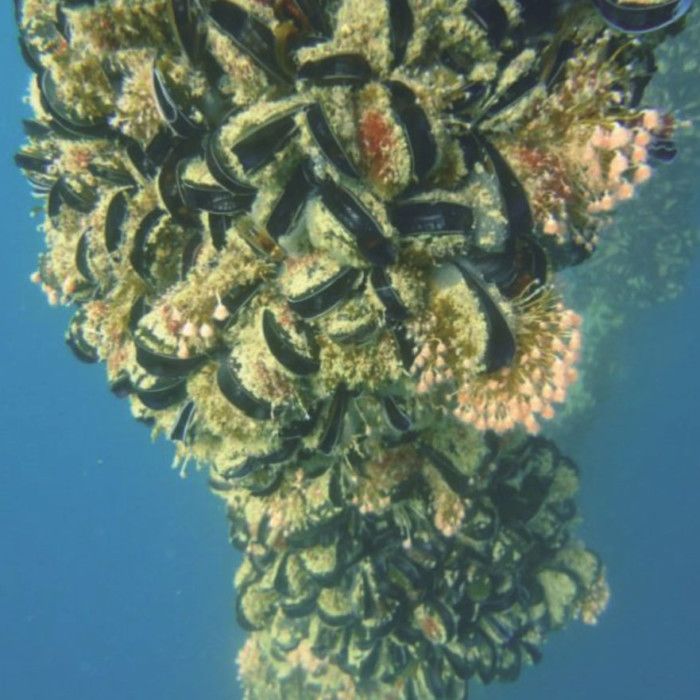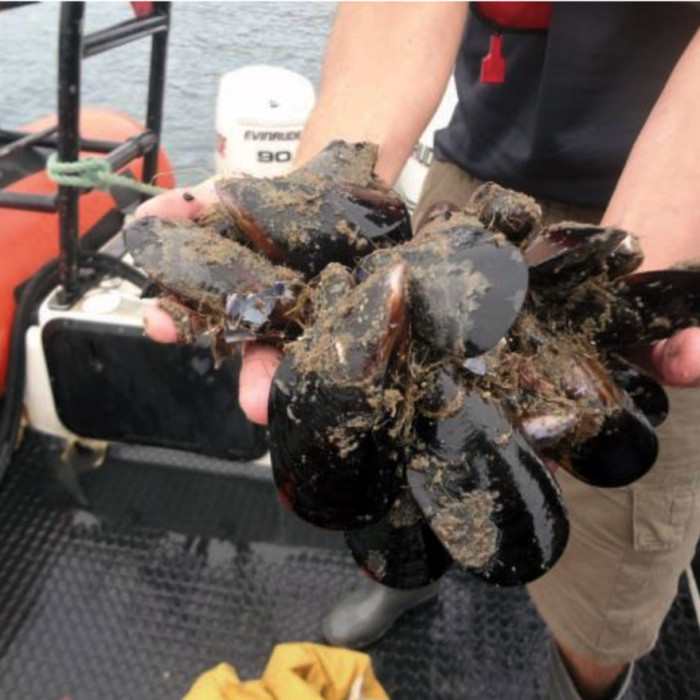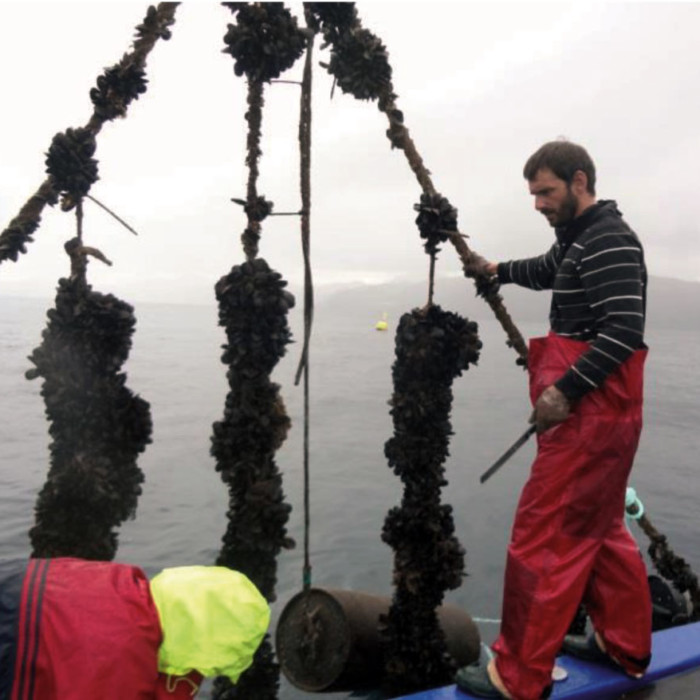Basque country case study
Basque Country (SE Bay of Biscay). Spain
Partners involved: AZTI (Lead), BLUEFARM and NOAA (contributors)
Basque Country has a long historical trajectory in fishing activity and it is one of the biggest consumers of fish and shellfish products in Europe. During the last decades, fishing activity has experienced a big decay due to the reduction of biological resources. This has led to initiatives for the development of aquaculture as a mean of maintaining the socio-economic activity related to marine food provision.
Nowadays, open ocean production offers a new perspective for the marine blue economy in the region of Basque Country, as no expansion of this food production sector has ever occurred due to restrictions on environmental protection, maritime aspects and/or conflicts with local stakeholders.
Indeed, the Regional Government decided in 2014 to promote mollusc-bivalves aquaculture with the aim of creating a sustainable and complementary activity to both the fishing sector and the food industry operating within the region.
Among others, the Mediterranean mussel Mytilus galloprovincialis, the European flat oyster Ostrea edulis, the Japanese oyster Crassostrea gigas and/or the manila clam Ruditapes philippinarum, represent some of the most popular locally occurring species in the region. However, every shellfish product consumed in the region is imported.
A general consensus was already reached on the following aspects: (i) the existence of numerous niches and market opportunities linked to the local shellfish exploitation; (ii) the suitability of involving the local fisheries sector as key player within the shellfish production system and operations; and (iii) the need for commitment, between all the stakeholders, towards the sustainable (economic, environmental and social) development of the activity.
Initially, primary production, in the region, is expected to be abundant, heterogeneous and variable between different seasons. Several substantial areas of flat sand bottoms totaling 500 ha, are already being included within the public authorization options. Although, the region is known for high energy sea conditions, and therefore presents structural and operational challenges, the conditions are not unlike conditions in other countries, where shellfish submerged productions have been in operation without damage for many decades.
At present, a big effort is being invested in new production alternatives. According to previous studies, the most suitable aquaculture activity has been identified as being the suspended (i.e. longline) shellfish (mussels and oyster) production. Indeed, it has already been proved that customized submerged longline systems can withstand ocean conditions and produce shellfish species in this area of the Bay of Biscay. Experimental infrastructures have been already installed and new licenses have been requested for commercial production.
The considerations of the Aquaspace project herein will lead to define proposals focused on some local aspects (i.e., socioeconomics, spatial planning, regulation, user conflicts, ecological tools, etc.) of high relevance and clearly related to the cost-effective and profitable development of aquaculture in the open ocean waters of the Bay of Biscay. This case study will implement and assess Ecosystem Cost and Benefit Analysis tools and methods at the regional scale of the Basque country coastal area. This tool will be employed by considering the economic valuation as a part of the analysis. Based on the potential and foreseen increase of this activity, an analysis of most suitable locations, as well as, the different ecosystemic and socio-economic repercussions will be analyzed for testing the toolboxes developed in AquaSpace.





